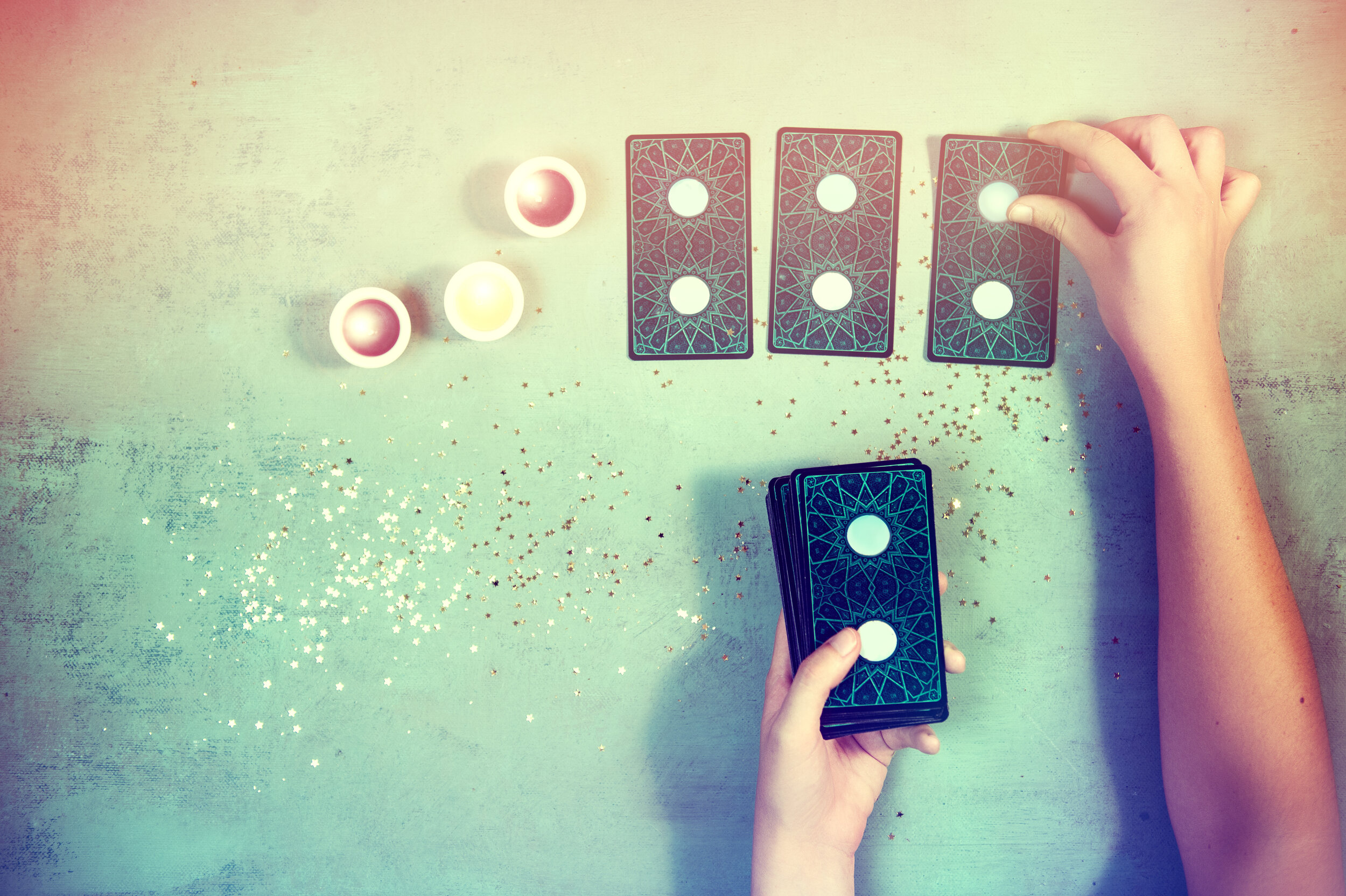Some Thoughts on Three-Card Tarot Spreads
Some Thoughts on Three-Card Tarot Spreads
When I took my first tarot classes thirty-five years ago, three-card readings were one of the first things we learned to do, after learning the seventy-eight cards.
Many cultures consider the number Three to be the most powerful and sacred number. We might say that the power of that number is conferred to the reading when we use that number of cards. Perhaps that is one reason three-card readings are so popular.
Three-card readings are a great tool for teaching tarot because it is the smallest number of cards one can use to teach complex reading techniques that connect the cards together to create a cohesive message or story.
Three-card readings can be positioned or non-positioned. A positioned spread is when each of the three positions has a meaning that gives context to the card that falls within in. A non-positioned spread is when you simply pull three cards and find messages within them, without ascribing positional meanings to each card.
It is important to learn to do both kinds of tarot spreads.
Three-card readings, both positioned and non-positioned, are great exercises for tarot students at all levels of study. Three-card readings, both positioned and non-positioned, are a great tool to answer specific questions within the scope of a longer tarot-reading session.
There are many great three-card spreads, such as Past/Present/Future, Body/Mind/Spirit and Morning/Afternoon/Evening. I very often devise tarot exercises that are based on three cards.
When reading a three-card positioned spread, we need to work the context of each position into our reading.
Many people use Past/Present/Future to answer questions of any kind. The technique to do that effectively is to think about how the Past card reflects the situation in the past only if that makes sense in the context of the question. If it doesn’t, use the Past card to think about the energies you are bringing into the situation. Perhaps you have encountered similar situations in the past. Things that have happened in the past could inform the current situation.
The Present card will give direct information about the current situation. What is going on with it right now? How do you feel about it? How does this card match your feelings about the situation?
The Future card will give a prediction for how the situation will resolve or offer advice for the situation going forward. This card may help you make decisions about the situation at hand. Often, a view of a possible outcome can wisely inform our decisions.
When using a non-positioned spread, you have the freedom to move the cards around and see how they fit together in various ways. You can form a story, or a sentence, or you can take aspects of each card and see how they tie in together.
Working with both kinds of three-card spreads builds our skills as readers.
Lately, I have noticed that some readers seem to stop developing skills at this point. They don’t learn to interpret larger spreads, or to incorporate other tarot divination techniques. I notice readers offering three-card spreads in professional settings, and very often complaining that their businesses aren’t growing as quickly as they would like.
If you are a tarot pro and have found a three-card technique that is working for you, that’s excellent. Don’t fix what isn’t broken. But, if you aren’t happy with how your business is going, consider that your reliance on such a small spread in the professional setting might be part of the problem.
I often use three-card spreads in professional sessions, but only as part of the session. I use multiple spreads and techniques in any tarot session, even if that session is a five-minute reading in a party setting.
If you are interested in growing your skills as a reader, or growing your business as a tarot professional, work to master the three-card reading, and grow beyond it. That doesn’t mean you should stop doing three-card readings, it means you should develop numerous divination techniques and learn to combine them as each situation dictates.
Three-card readings are an important tool in our tarot toolbox. But they shouldn’t be the only tool we have.
